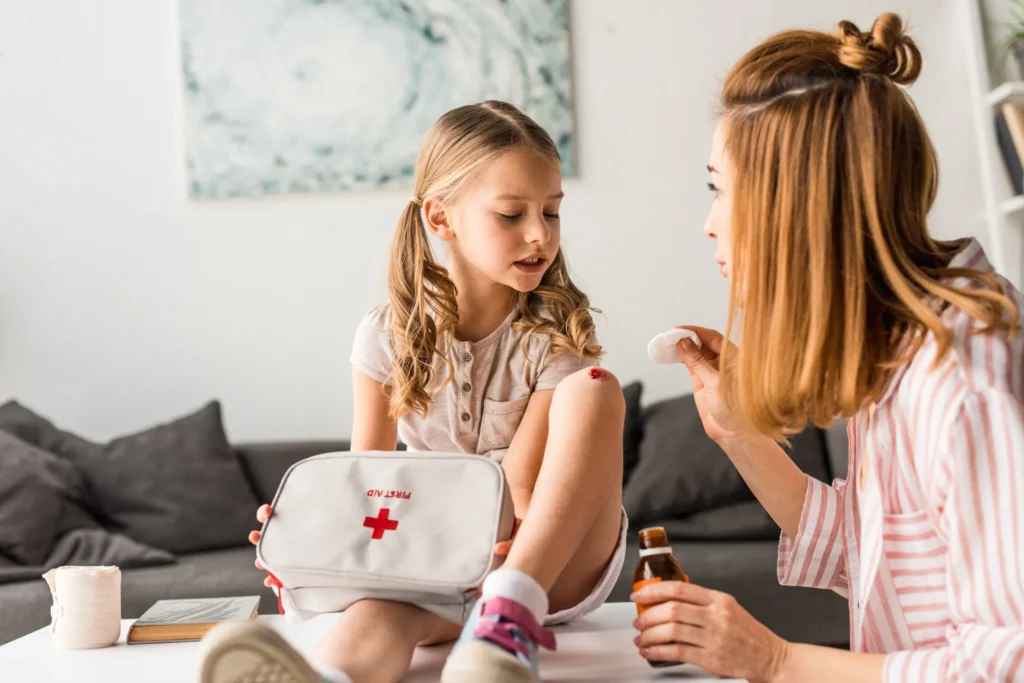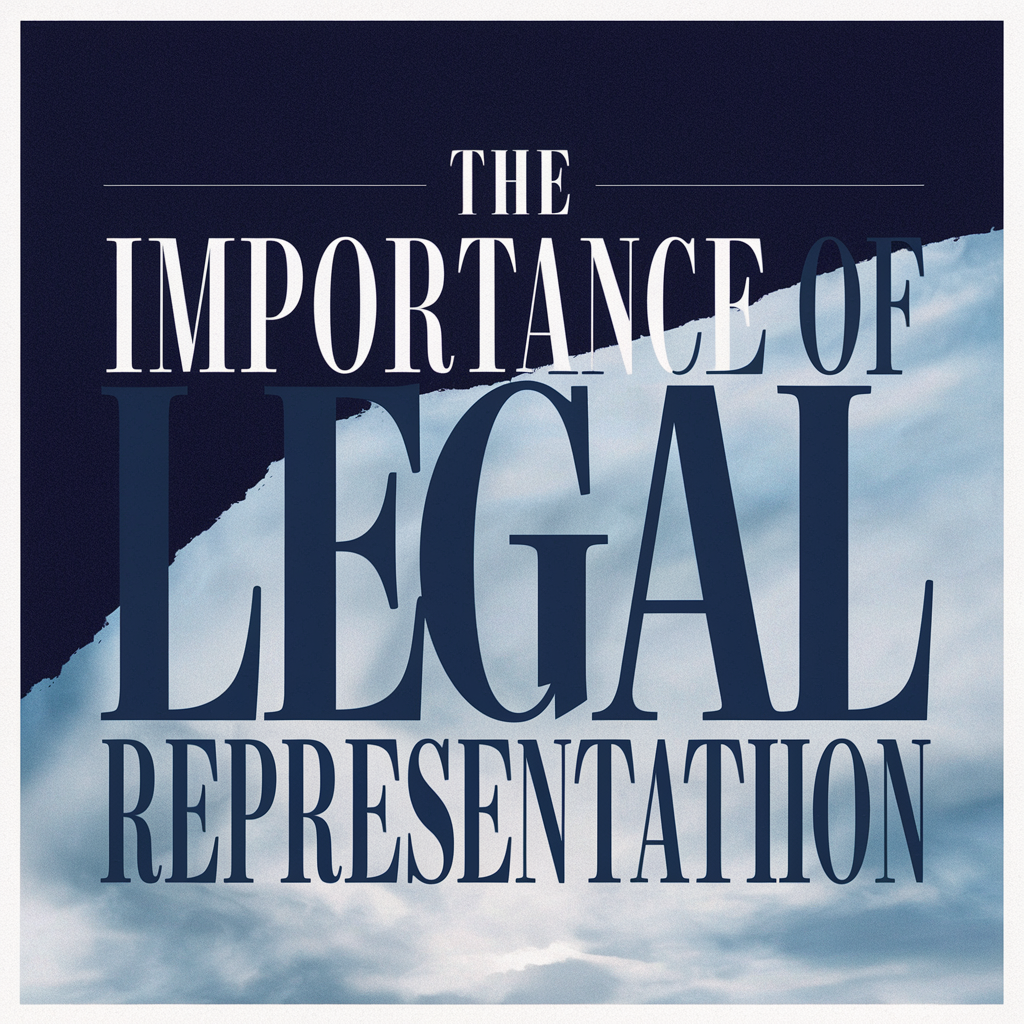The world shifts when a child tumbles or coughs and your heart beats three times over. Paediatric first aid rarely occupies the mind on a calm Sunday, and yet, in a blink, you might find a scraped knee or breath held with worry close by. Brittle certainty tends to melt away when faced with a child’s cry, you will find there’s a strange mix of worry and resolve in the air.
Without a script, you somehow become both comfort and solution. And that’s where paediatric first aid threads itself quietly into everyday life, primed for those curious mishaps that always find their way into your home or schoolyard. Ready to learn the essentials every responsible adult should have up their sleeve?
The Importance of Paediatric First Aid
Children are bold explorers, every cupboard a cache, every garden a jungle. In homes, classrooms, and playgrounds, you’ll notice their fearless curiosity isn’t matched by experience. That means accidents and emergencies always lurk where you least expect them.
Mastering paediatric first aid isn’t a luxury but a skill that breathes calm into chaos. Your actions in the opening moments after an incident might determine a lifetime of wellbeing for the child in your care. It’s more than memorising protocols: it’s about steady hands and the ability to reassure.
You do not need to become a healthcare hero overnight, yet you will find that sharpening your knowledge is a quiet promise for your young charges. In the case that something goes awry, you become the difference-maker. Paediatric first aid knits confidence into your responses, and sometimes offers peace to more than one worried face.
Common Paediatric Emergencies and How to Respond
The youngest make surprising choices, small beads are snacks, muddy puddles might as well be oceans. Familiarising yourself with frequent emergencies is the groundwork for a swift, safe response.
Choking
You will find that toys and food items become obstacles in seconds. For mild choking, encourage coughing while keeping the child upright. If airways clog completely, alternate back blows and chest thrusts, five of each, always checking for improvement and readiness to call for help at any sign of struggle.
Burns and Scalds
Children love kitchens. Water boils, pans sizzle, and mishaps happen fast. In the case that burning occurs, remove clothing near the area, run cool water for a prolonged spell, and cover with cling film or a clean cloth. Resist creams, you want a gentle, sterile touch.
Allergic Reactions
Sudden hives or swelling after eating or contact demand vigilance. EpiPens stand by for severe reactions, but at any hint of breathing difficulties ring emergency services. Quick, clear action might save precious time.
Bleeding
Minor grazes crave gentle washing. But for persistent bleeding, pressure with a clean cloth and elevation do wonders. In the case that blood won’t stem, you should seek further help at once.
These are brushes with danger, each demanding a calm heart and practical head. Being ready is half the work.
Basic Life Support for Children and Infants
When breath seems absent or a pulse falters, minutes means everything. Your confidence to begin life support carries immeasurable weight.
Checking for Response and Breathing
Gently shake the child or infant while asking firmly if they’re all right. Look for breathing, not only chest movement but the ebb and flow of air. If unresponsive, have someone call emergency services while you begin CPR.
Chest Compressions and Rescue Breaths
For children, one or two hands at the centre of the chest, compressing about one third of the chest depth, will set the rhythm, thirty compressions, then two rescue breaths. Infants, so much smaller, need just two fingers pressing gently, yet firmly.
You might feel panic clawing at your calm, but training and repetition draw out the instinct. Keep going until help arrives or signs of recovery begin. This is rarely a scripted dance, you’ll adjust in the moment, but those minutes become life itself.
The Recovery Position
When breathing returns but consciousness lingers away, the safest place is the recovery position. Roll the child gently onto their side, tilting the head to keep airways clear. Soft reassurance matters as much as the practical steps: your presence might be the anchor for a frightened child.
Treating Everyday Injuries in Children
For every dramatic emergency, there are a dozen bumps, splinters, and stings waiting in the wings. You can transform routine mishaps into moments of comfort and learning.
Cuts, Scrapes, and Bruises
Warm water, mild soap, and the softest of touches, children’s skin demands gentle care. Rinse, dab, and choose sterile dressings over showy plasters. Blue ice packs chased by kind words can take the drama out of swollen knocks.
Bites and Stings
From a cross bee to an overzealous toddler’s bite, you will find yourself a frequent intermediary. Wash, apply a cool compress, and keep an eye for swelling or allergic signals. Most reactions pass, but your vigilance is key.
Nosebleeds
Banishing panic makes all the difference. Sit the child upright, lean slightly forward, and pinch the soft part of the nose. Wait ten minutes, patience outlasts blood flow in most cases.
The most vital aspect of treating these injuries? Letting your calm set the tone. A brave face is sometimes the best medicine in your kit.
When to Seek Professional Medical Help
Your intuition, honed by knowledge and a quiet watching, offers the best guide. There are times skill and composure give way to needed expertise, your willingness to act, rather than soothe, becomes crucial.
Uncontrolled bleeding, fits, severe burns, extensive allergic reactions, breathing trouble, these are storms best weathered with professional assistance. If a child doesn’t respond, seems strangely drowsy, or has a head injury with vomiting, do not hesitate. Emergency services exist for a reason, and acting quickly might tip the balance.
Should your gut whisper uncertainty, trust it. Better to feel sheepish later than to regret delay. You will find in the case that you’re unsure, a calm call for advice is always wise, no matter how minor the worry might seem. Professional medical help is a partnership with your care, never a defeat.
Wrapping Up
Paediatric first aid, in practice, gives you a unique blend of vigilance and reassurance. It’s a discipline that shapes you, gently wrapping peace around the shoulders of your household or classroom without parading itself about. The right approach is like a patchwork quilt, each stitch, a learned skill: every repair, a reminder that preparation is the quiet heart of care.
So, reflect on your readiness. You now hold knowledge that equips you for tumbles, fevers or the odd rogue marble. With practice, these skills become as natural as steadying a bicycle or tying a shoelace, simple, almost invisible, but alway present when needed.
You never know quite when you might draw on them, but you will find that the habit of caring for young children rewires your instincts. That sense of preparedness, always there, just beneath the surface, lets you meet any challenge with gentle hands and a calm spirit.






